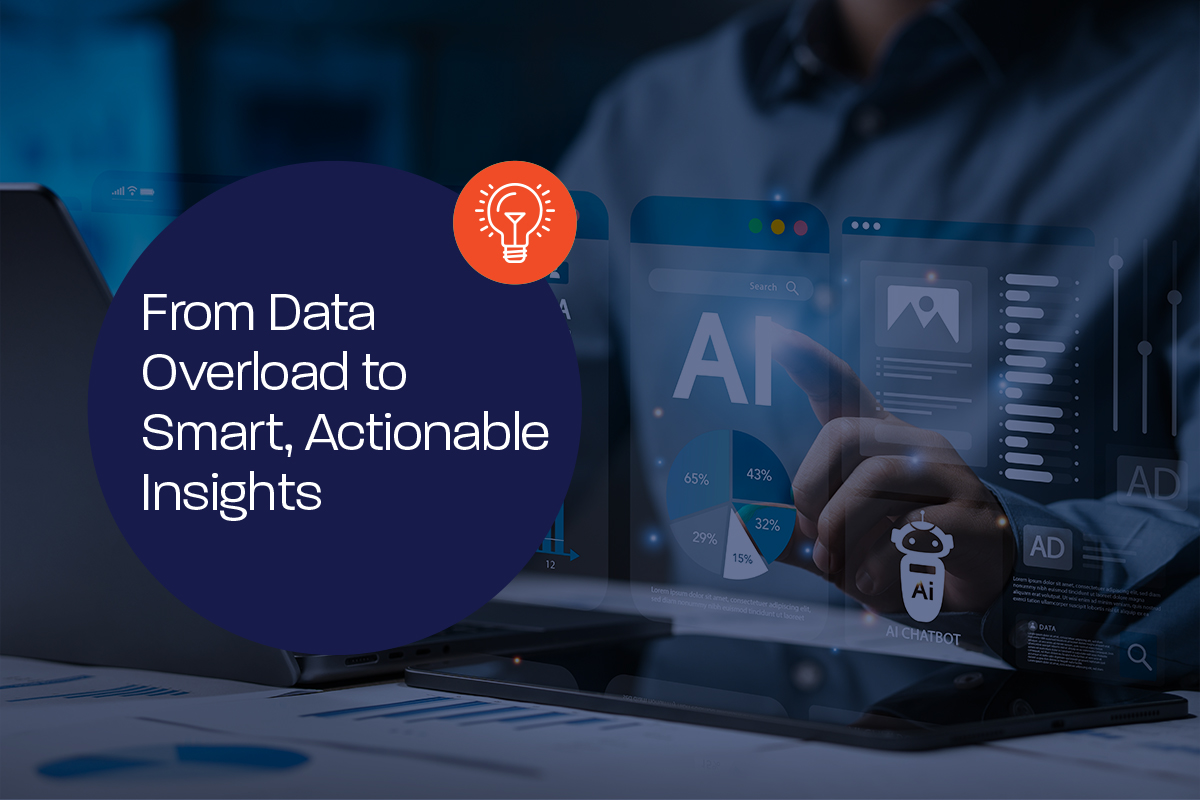When we think of the term “User Experience”, we often think about interface design. Our minds are drawn to digital products that we use and love every day – apps to stream music, apps that tell us where to go or what to eat, etc. – but while screens are certainly part of the equation, they don’t encompass everything that a person experiences when they engage with those services. The experience starts when you first learn about a product, and continues through buying it, using it, and occasionally troubleshooting it.
Some parts of that experience exist on a screen while others may be in person, over the phone, or with a physical object. The time that elapses between ordering something and it showing up at your door is even part of the experience, and has an impact on your perception. The point is that all of these things are carefully considered and designed by the creators of products that you love. Only parts are considered in the products that you don’t.
Nobody understands this better than the person responsible for user experience at a company whose core offering is intangible. Think about it – connectivity is invisible, so how do we make it easy to use? To answer that question, we first needed to understand the parts that make it challenging. We started by talking to customers about their business and the unique challenges they face in this emerging space. While the nature of these businesses ranged from agriculture to municipal services and building management, there were several common themes that emerged:
Converting to LoRa
As with any new technology its often difficult to wrap your head around the evolving standards and implementation guides. To help you get started, MachineQ has created development kits that cater to beginners as well as those with LoRa® experience. We know that understanding the technology can be the biggest hurdle, so we’ve crafted a comprehensive conversion guide and built MQcentral to be a powerful provisioning and debugging tool to assist with the early stages of development.
Getting the End User Started
One of the things we were surprised to learn is that many solution providers rely on their customers to self-install devices and gateways. This is a critical point as the relationship between the end user and solution provider is in its infancy. One of the ways we’re working to make it seamless is by offering a mobile app that provisions and activates the gateway through a simple QR scan. The MachineQ app and gateway packaging were designed in tandem so that the user can navigate from the physical part of the experience to the digital without any friction or confusion. After activation, the app also guides the user through customization and placement to ensure that they have great connectivity. Placing these instructions in the app was intentional so that the user doesn’t have to revert back to the printed instructions. The first version of this experience will be in a reference app that the end user has to download, but the intent is to make the APIs available so that the solution provider can embed that experience within their software.
Maintaining a Healthy Connection
Once the end user is up and running, the solution provider’s concerns shift from on-boarding to device health status. In other words, they want to know for certain that the end user has the connectivity needed to enable their solution.
With devices and gateways out in the physical world, often buried or in hard-to-reach places, there are many factors we can’t control. A great degree of reassurance comes with knowing that there is a healthy connection and that data is transmitting properly. It’s also vital to know when it’s not.
MQcentral provides a window into the unknown by visualizing device and gateway health over time so that solution providers can detect problems before the end user is affected. Custom rules ensure that the solution provider is notified immediately of the critical alerts that they care about.
Because troubleshooting connectivity may involve an onsite visit, we designed the interface to be mobile responsive so that customers can check connectivity levels from whatever screen they have access to.
The team at MachineQ never considers anything “done”. We understand the problem a little bit more with each customer call and iteration. If you’d like to contribute to our understanding and be part of that process, please reach out. We’d love to hear your feedback, suggestions, or even a good story about your experience in this crazy, emerging space.







